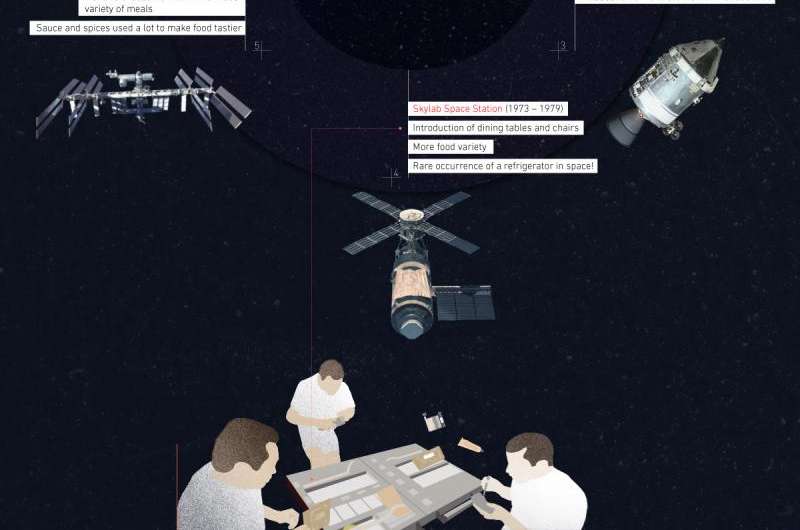Space has been the subject of human observation for many centuries, and mankind has long sought the meaning of the universe. Space was so intriguing, even when technology didn't allow clear observation or exploration. The invention of the telescope, however, gave observers a new perspective. The work that Kepler, Galileo and many other scientists performed in the 17th century deepened our understanding of the universe. If only they could have seen how their efforts contributed to the project of visiting other planets...
A few centuries later, in the 1960s, the first astronauts orbited the planet. Starting with the first manned space flight performed by Yuri Gagarin, mankind entered a new era of space exploration. Today, we are preparing for a journey to Mars, not to mention regular space missions on the ISS.
But how do astronauts stay healthy in an environment with no air, no gravity, no water? They have to confront a lot of challenges, but technology development makes it possible. For example, one challenge is eating in space. Imagine being in a place where everything floats around—you surely couldn't eat soup from a bowl, as on Earth. Therefore, food needs to be preserved and packaged in a special way adjusted for space.
The following infographic shows how space food evolved in the last 50 years, how it is conserved, and how astronauts prepare and eat their meals on the ISS. It also includes a few fun facts about food and space. Check it out and learn what astronauts are dealing with when on space missions.
Credit: http://labeley.com/article/space-food-infographic
Provided by Astrowatch.net























